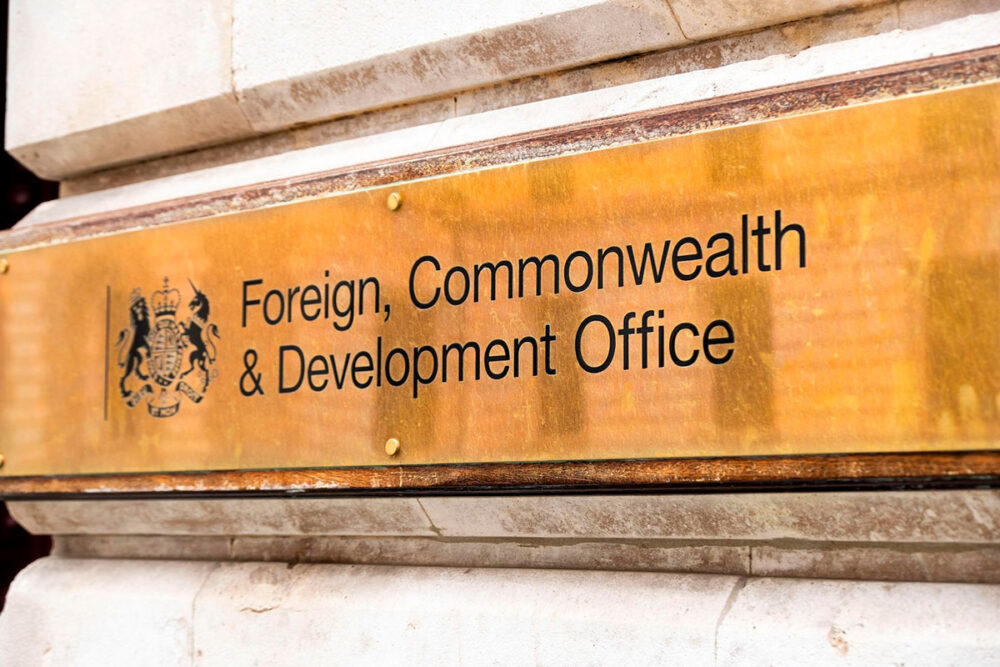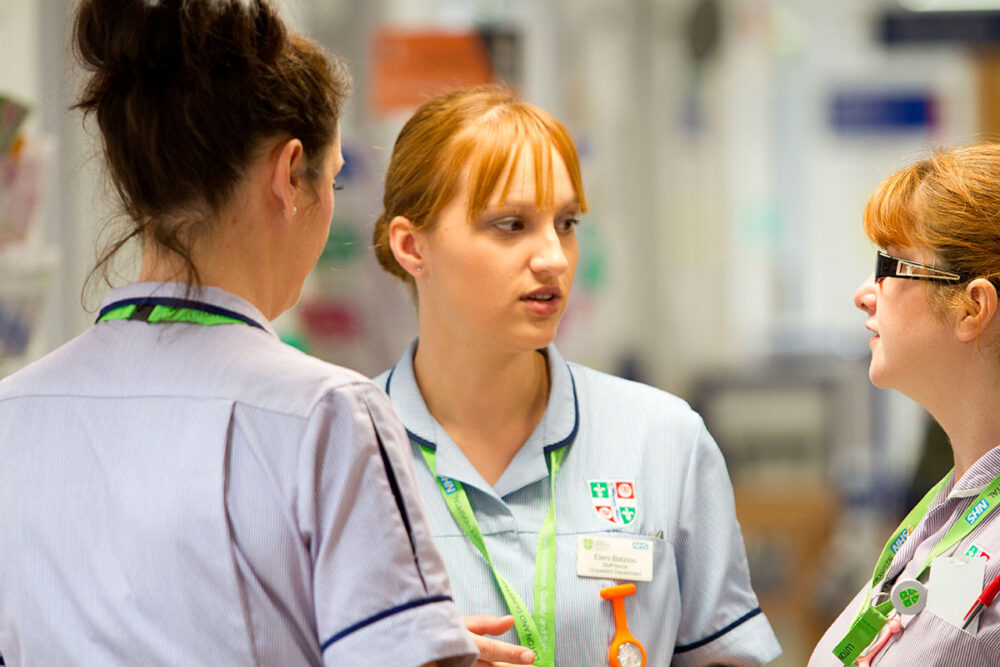The public sector could save annually over £220 million in food and catering costs by 2010-11, while raising nutritional standards and increasing sustainability, Sir John Bourn, head of the National Audit Office, has reported today. In particular, there is significant scope for improvement by increasing joined up procurement, implementing good practice, enhancing the roles and improving the development of catering staff in the public sector and increasing the take up of meals.
Jump to downloadsThe public sector in England spends around £2 billion per year on food and catering services. The NAO looked at a full range of public sector catering but with particular focus on schools, hospitals and armed forces bases.
Progress has been made in improving the efficiency, quality and sustainability of public food procurement in recent years. For example, the armed forces have centralised their procurement through the MoD’s Defence Catering Group and the NHS Purchasing and Supply Agency has developed a series of national contracts. Both of these initiatives have brought savings through economies of scale and a better understanding of ingredient and delivery costs. Some hospitals have worked together to develop a more sustainable supply chain, for instance by working with smaller suppliers to enable them to compete more effectively for hospital food contracts. The Department for Education and Skills will be introducing new nutritional standards for school lunches to be compulsory from September 2006 which will offer a benchmark for schools and parents to assess the quality of school meals.
However, there are areas where further improvements could be made. There is considerable variation in the prices paid by public bodies for similar items; for example, the price of a pint of milk varied between 17 and 44 pence and a loaf of wholemeal bread cost between 32 pence and £1.10. The NAO estimates that £40 million can be saved by getting lower prices for the same or better quality food ingredients. In addition, a further £80 million can be saved by more joint purchasing to exploit the buying power of the public sector. A survey conducted as part of the study found that more than half of public sector organisations did not engage in any joint buying despite the fact that 44 per cent of these organisations use at least two of the same major suppliers.
There is also a lack of transparency in contract caterers’ charges, with firms routinely obtaining hidden discounts and rebates, but not passing these back to the public sector. The public sector should do more to negotiate an increased share of these savings, which could be worth around £30 million a year.
There is widespread evidence of deficiencies in both catering skills and facilities throughout the public sector. For example, many hospitals and schools no longer have their own kitchen facilities and in some sectors there is a shortage of trained chefs, reducing the scope to prepare meals using fresh ingredients.
The NAO has produced a guide to help public sector organisations improve the efficiency, quality and sustainability of their catering services, drawing on examples of good practice from both the public and private sectors.
“While many public bodies have made progress in achieving better value for money from their catering services, there is still much to do to improve performance. The principal lesson is that gains in efficiency need not be at the expense of, indeed can go along with, improvements to the quality of food and sustainability.”
Sir John Bourn, head of the NAO, today
Downloads
- 0506963_Ies.pdf (.pdf — 262 KB)
- 0506963_I.pdf (.pdf — 693 KB)
- 0506963-II_guide.pdf (.pdf — 340 KB)
- 0506963_III.pdf (.pdf — 360 KB)
- 0506963_mori_survey_data.pdf (.pdf — 460 KB)
- 0506963_oxford_brookes_paper.pdf (.pdf — 383 KB)
- 0506963_ii_case_studies.pdf (.pdf — 363 KB)
Publication details
- ISBN: 102937427 [Buy a hard copy of this report]
- HC: HC 963-I 2005-2006


